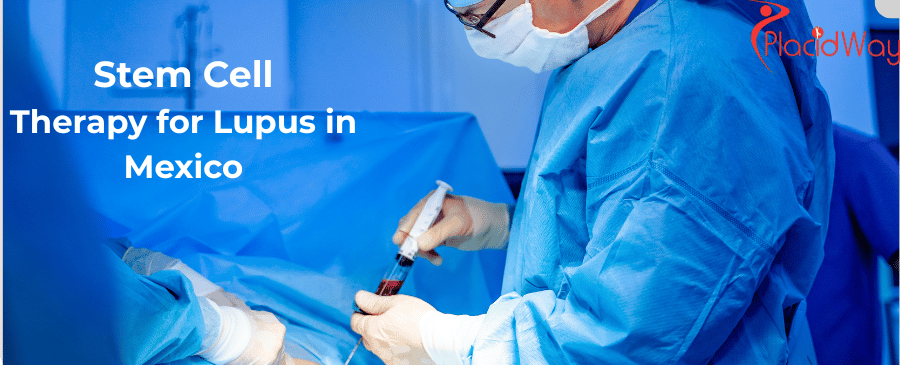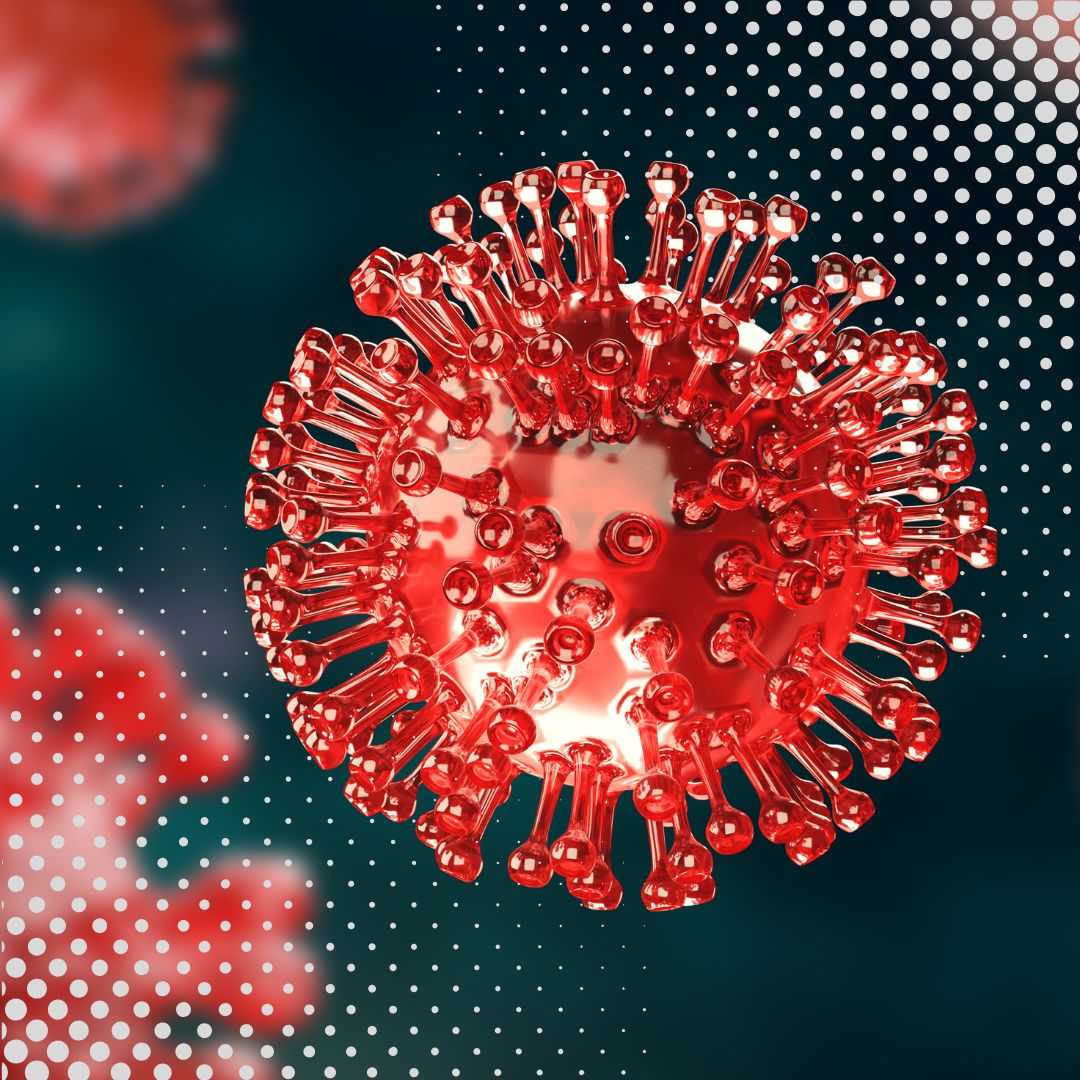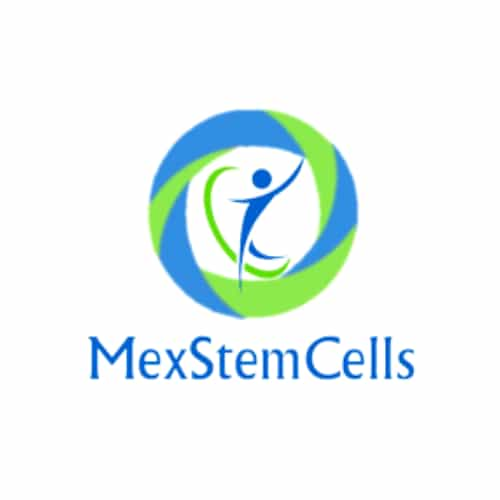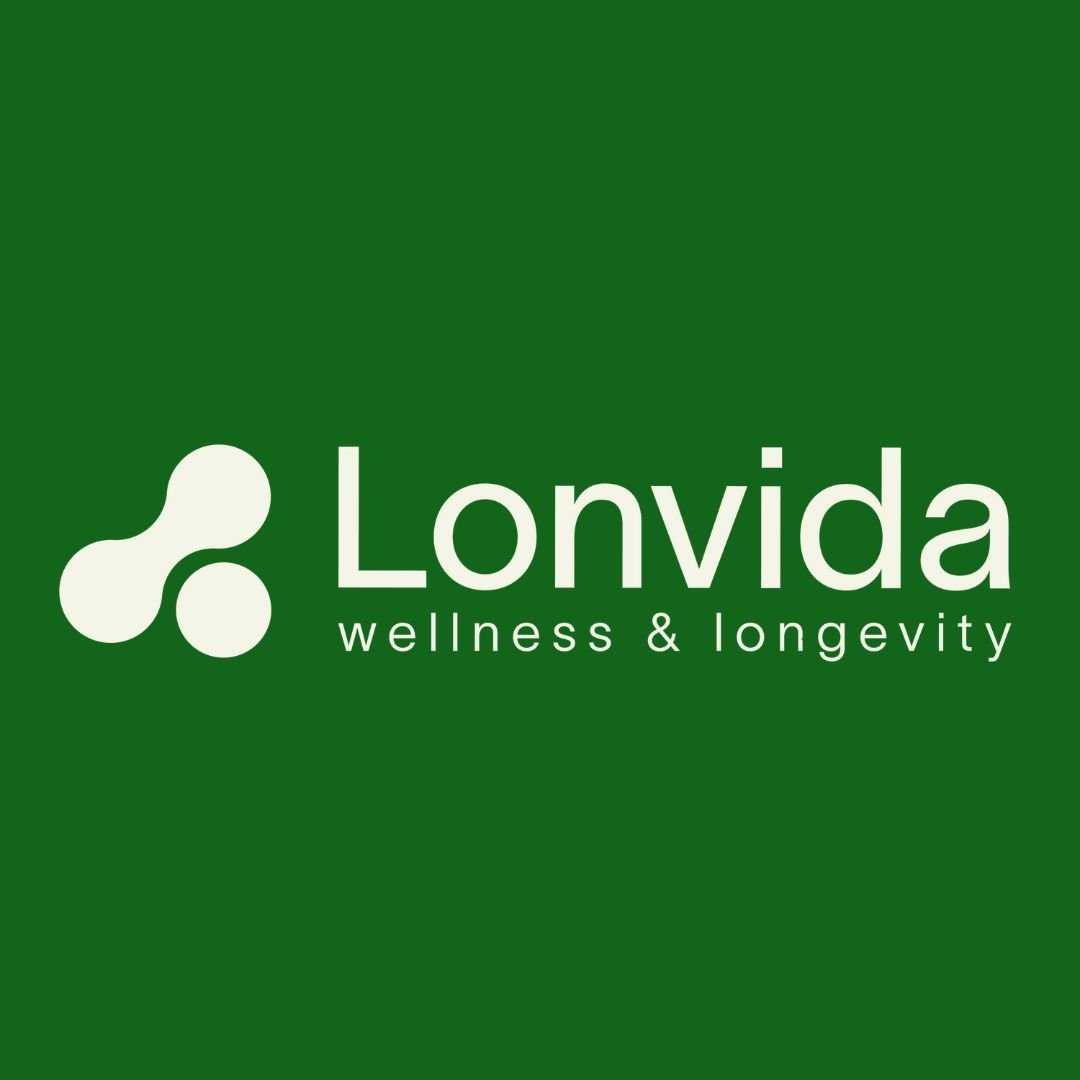What is the Real Success Rate for Lupus Stem Cell Therapy in Mexico?

For those navigating the unpredictable and often debilitating journey of lupus, the search for effective treatments is relentless. This complex autoimmune disease can affect nearly every organ system, leaving patients to manage a wide array of symptoms with medications that often carry their own heavy side effects. In this challenging landscape, stem cell therapy for lupus in Mexico has emerged as a significant beacon of hope. It represents a shift from merely managing symptoms to potentially modulating the underlying immune dysfunction that causes the disease. This innovative approach is drawing patients from around the globe, seeking access to advanced regenerative medicine.
However, with this hope comes a critical question: What is the actual success rate? The answer isn't a simple percentage. The "success" of stem cell therapy for lupus is a deeply personal outcome, defined by remission for some, and a meaningful reduction in pain and medication for others. Mexico has become a central hub for these treatments, largely utilizing powerful Mesenchymal Stem Cells (MSCs) known for their safety and immunomodulatory effects. This guide will demystify the numbers, explore the science behind how these treatments work, explain why Mexico is a leading destination, and provide the crucial information you need to determine if this path is right for you, ensuring your journey toward healing is both informed and safe.
What Does "Success Rate" Really Mean for Lupus Stem Cell Therapy?
Unlike a procedure with a simple binary outcome, the success of stem cell therapy for a complex autoimmune disease like lupus is multifaceted. It's about turning down the volume on a dysfunctional immune system, not just flipping a switch. For one patient, success might mean being able to walk without joint pain for the first time in years. For another, it could be the reversal of kidney damage. Reputable clinics measure success across a spectrum of clinical and quality-of-life indicators.
These key metrics provide a clearer picture of what a successful outcome looks like:
- Clinical Remission: This is the most profound level of success, where a patient experiences a complete absence of disease symptoms, often for an extended period.
- Reduction in Disease Activity: Measured by tools like the SLEDAI (Systemic Lupus Erythematosus Disease Activity Index), this involves a decrease in the severity and frequency of flare-ups, affecting everything from skin rashes to organ inflammation.
- Reduced Medication Burden: A significant marker of success is the ability to lower or even eliminate the use of powerful drugs like corticosteroids and other immunosuppressants, thereby avoiding their long-term side effects.
- Improved Organ Function: For patients with lupus nephritis or other organ involvement, success means measurable improvements in kidney, lung, or heart function.
What Are the Reported Success Rates?
While it's crucial to avoid clinics that promise a 100% cure, scientific literature provides a strong basis for hope. A significant long-term study published in a peer-reviewed journal followed drug-resistant lupus patients who received allogeneic MSCs. The results were remarkable: after five years, 84% of patients had survived, and an impressive 34% were in either partial or complete clinical remission. This is a powerful statistic for a patient population that had failed to respond to conventional treatments.
It's important to distinguish this from more aggressive treatments like Hematopoietic Stem Cell Transplantation (HSCT), which carries higher risks. The MSC therapy commonly offered in Mexico is known for its high safety profile. Clinics in Mexico often report high patient satisfaction rates—sometimes exceeding 85%—which, while not a formal clinical statistic, reflects the positive impact on quality of life that many patients experience. This includes reduced pain, increased energy, and fewer flare-ups.
How Does Stem Cell Therapy Work for Lupus?
Think of the immune system in a lupus patient as a security system that has mistakenly identified the body's own cells as threats. Conventional treatments often try to suppress the entire system, leaving the body vulnerable. Mesenchymal Stem Cells work differently. They are like expert technicians who can reprogram the faulty security system. When introduced into the body, typically through an IV infusion, these MSCs migrate to sites of inflammation.
Once there, they perform several critical functions:
- Immunomodulation: They calm down the aggressive immune cells (like T-cells and B-cells) that cause damage.
- Anti-Inflammatory Action: They release powerful anti-inflammatory molecules that reduce the chronic inflammation driving lupus symptoms.
- Tissue Regeneration: They secrete growth factors that encourage the body's own cells to repair tissues that have been damaged by the disease.
What Types of Stem Cells Are Used in Mexico?
Understanding the type of stem cell being used is critical. In Mexico, the focus for autoimmune diseases like lupus is almost exclusively on MSCs, which have a much higher safety profile than other types. These cells are sourced from the nutrient-rich tissue of umbilical cords donated after healthy births, meaning no harm comes to the donor.
Here’s a comparison of the main types of stem cell therapies:
Is Stem Cell Therapy for Lupus Regulated and Safe in Mexico?
One of the biggest misconceptions is that Mexico is an unregulated "wild west" of medicine. In reality, the regenerative medicine field is overseen by COFEPRIS, Mexico's equivalent of the FDA. Licensed clinics must follow stringent protocols for their labs and patient procedures. They source stem cells from certified cell banks that screen for all pathogens and ensure the cells are healthy and viable (often >97%).
The safety of MSC therapy itself is well-documented. Because MSCs have low immunogenicity, they do not trigger an immune rejection, even when they come from a donor. The most common side effects are mild and temporary, such as a low-grade fever or fatigue on the day of the infusion. When performed in a sterile, clinical environment by an experienced medical team, the procedure is exceptionally safe.
Why Do Patients Travel to Mexico for This Treatment?
The decision to become a medical tourist is driven by a few key advantages offered in Mexico. The country's regulatory framework supports the clinical use of stem cell therapies that are still considered investigational in other countries, giving patients access to the forefront of regenerative medicine. This access, combined with a much lower cost structure for medical care, makes it a financially viable option for many who would otherwise be unable to afford it. A treatment protocol that might cost over $25,000 in the U.S. could be available for $7,000 - $15,000 in Mexico without a drop in quality, due to lower operational overhead.
How to Choose a Reputable Stem Cell Clinic in Mexico
Your safety and the efficacy of your treatment depend entirely on the quality of the clinic you choose. Here are essential questions to ask:
- Are you licensed by COFEPRIS? Ask for their license number.
- Who is your medical director? Research the credentials of the doctors on staff.
- What is the source of your stem cells? They should be from a certified lab and ethically sourced.
- What is the cell count and viability? A good clinic will provide a Certificate of Analysis showing you are receiving a high dose of viable cells.
- What does the treatment protocol include? It should include a thorough medical evaluation, the infusion itself, and a plan for follow-up care.
- Can I speak to a former patient? Testimonials are a good sign of a patient-centric approach.
Ready to explore how stem cell therapy could change your life? PlacidWay connects you with a global network of pre-vetted, high-quality clinics and medical experts. Let us help you find a safe and effective solution tailored to your unique health needs. Take the first step toward a brighter, healthier future today.


.png)





.jpg)
.png)







Share this listing